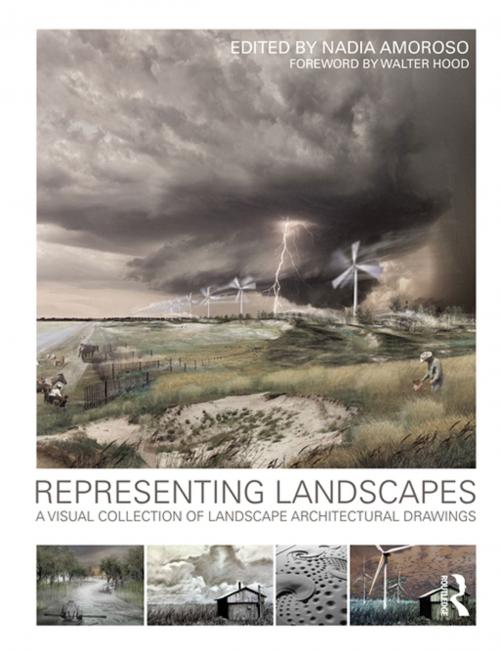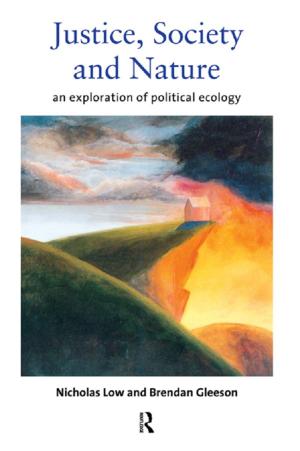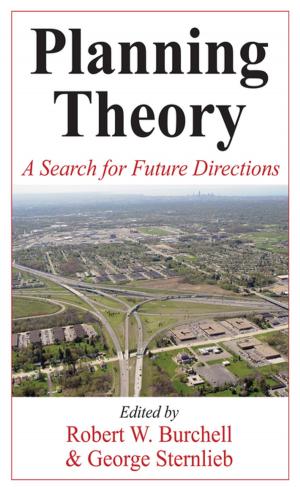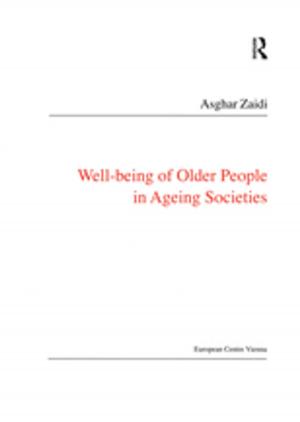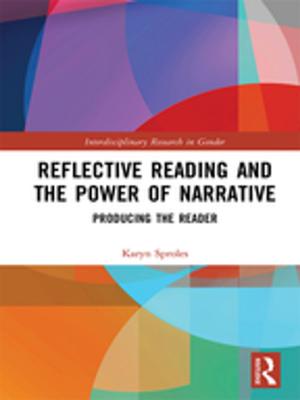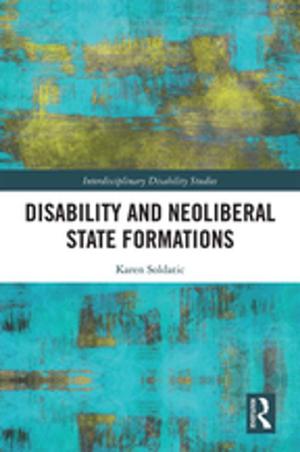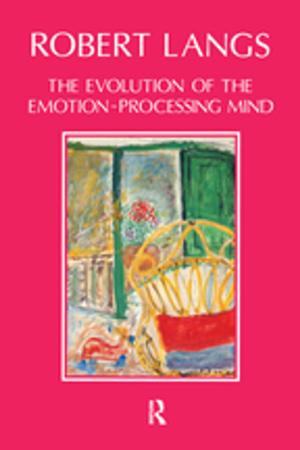Representing Landscapes
A Visual Collection of Landscape Architectural Drawings
Nonfiction, Art & Architecture, Architecture, Landscape, Planning| Author: | ISBN: | 9781136518706 | |
| Publisher: | Taylor and Francis | Publication: | March 12, 2012 |
| Imprint: | Routledge | Language: | English |
| Author: | |
| ISBN: | 9781136518706 |
| Publisher: | Taylor and Francis |
| Publication: | March 12, 2012 |
| Imprint: | Routledge |
| Language: | English |
What do you communicate when you draw an industrial landscape using charcoal; what about a hyper-realistic PhotoShop collage method? What are the right choices to make? Are there right and wrong choices when it comes to presenting a particular environment in a particular way?
The choice of medium for visualising an idea is something that faces all students of landscape architecture and urban design, and each medium and style option that you select will influence how your idea is seen and understood.
Responding to demand from her students, Nadia Amoroso has compiled successful and eye-catching drawings using various drawing styles and techniques to create this book of drawing techniques for landscape architects to follow and - more importantly - to be inspired by. More than twenty respected institutions have helped to bring together the very best of visual representation of ideas, the most powerful, expressive and successful images. Professors from these institutions provide critical and descriptive commentaries, explaining the impact of using different media to represent the same landscape.
This book is recommended for landscape architecture and urban design students from first year to thesis and is specifically useful in visual communications and graphic courses and design studios.
What do you communicate when you draw an industrial landscape using charcoal; what about a hyper-realistic PhotoShop collage method? What are the right choices to make? Are there right and wrong choices when it comes to presenting a particular environment in a particular way?
The choice of medium for visualising an idea is something that faces all students of landscape architecture and urban design, and each medium and style option that you select will influence how your idea is seen and understood.
Responding to demand from her students, Nadia Amoroso has compiled successful and eye-catching drawings using various drawing styles and techniques to create this book of drawing techniques for landscape architects to follow and - more importantly - to be inspired by. More than twenty respected institutions have helped to bring together the very best of visual representation of ideas, the most powerful, expressive and successful images. Professors from these institutions provide critical and descriptive commentaries, explaining the impact of using different media to represent the same landscape.
This book is recommended for landscape architecture and urban design students from first year to thesis and is specifically useful in visual communications and graphic courses and design studios.
